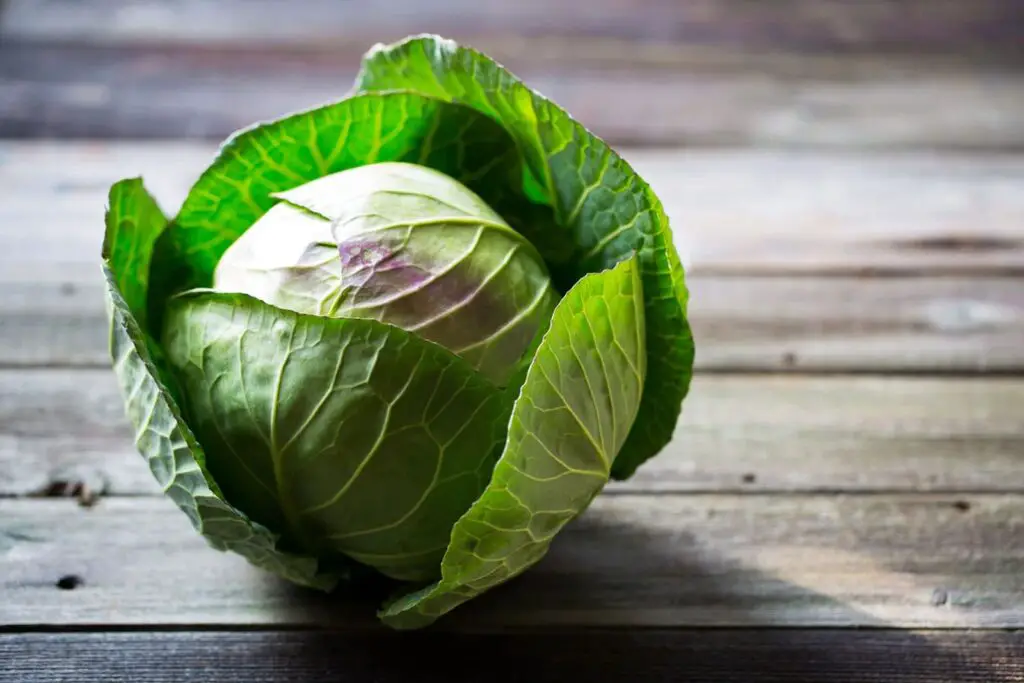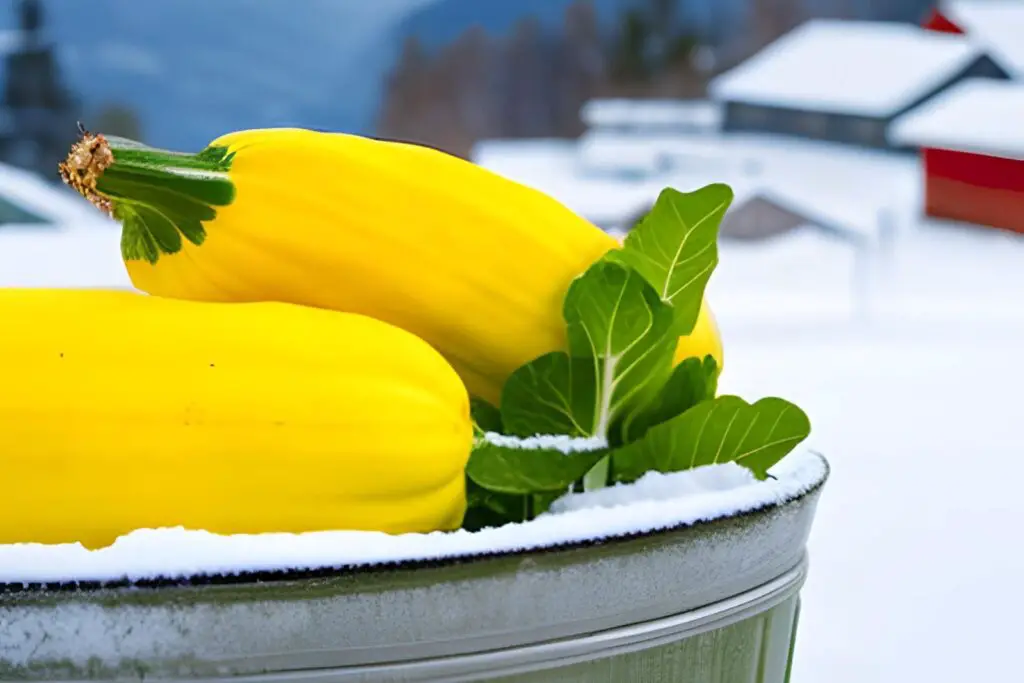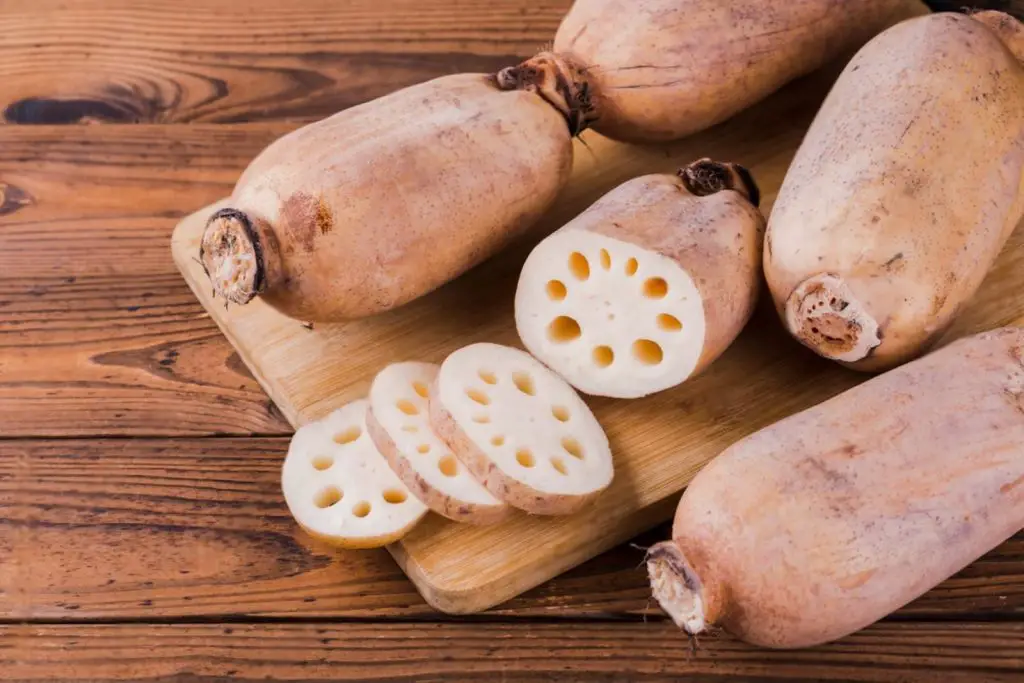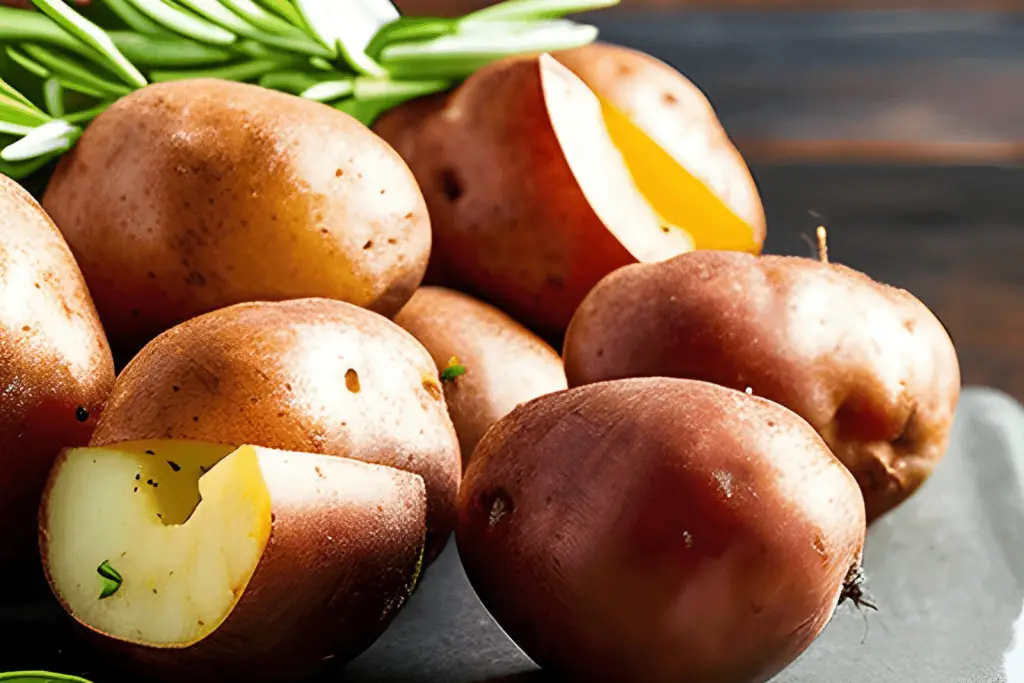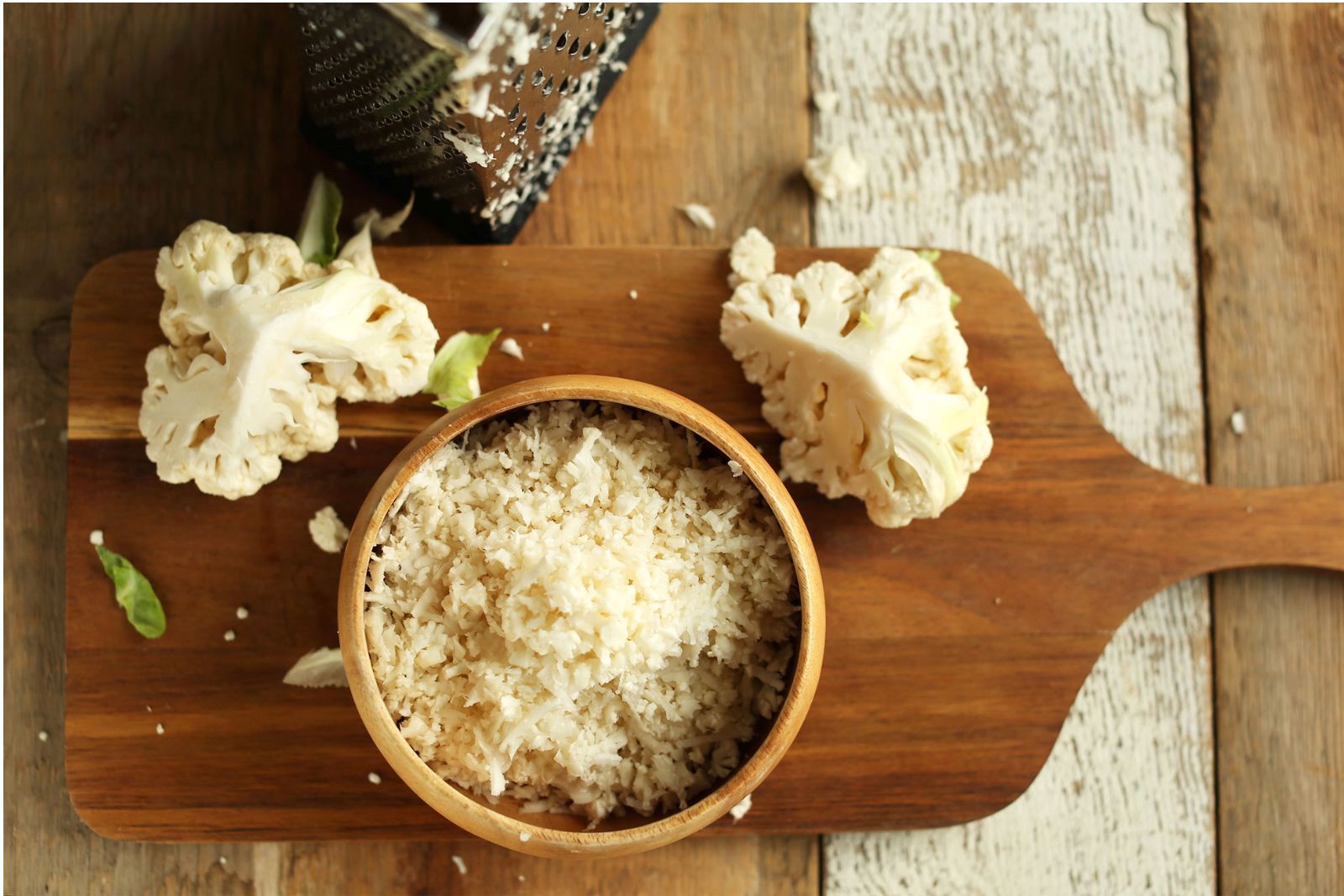
Riced cauliflower has gained immense popularity in recent years as a healthy and versatile alternative to traditional rice. Made by finely chopping or grating cauliflower florets into rice-like granules, it offers a low-carb, gluten-free, and nutrient-rich option for those looking to cut down on grains. With its mild flavor and ability to absorb various seasonings, riced cauliflower can be used in numerous recipes, from stir-fries to pilafs. However, if you have a surplus of riced cauliflower or want to stock up for future use, freezing it can be a convenient option to preserve its freshness and extend its shelf life. In the following discussion, we will explore the proper techniques for freezing riced cauliflower, ensuring it remains flavorful and ready to use whenever needed.
Here are some simple steps to follow:
Step 1: Prepare the riced cauliflower
When freezing cauliflower, it’s important to remove excess moisture from the cauliflower rice before freezing it. This is because moisture in the cauliflower can form ice crystals when frozen. These ice crystals can lead to changes in texture and potentially affect the quality of the cauliflower.
When water freezes, it expands and forms ice crystals. If the cauliflower rice contains excess moisture when frozen, the water within the cauliflower cells will also freeze and expand, causing damage to the cell structure. This can result in a mushy or watery texture when the cauliflower is thawed and cooked.
By thoroughly washing and draining the riced cauliflower and then patting it dry, you are removing as much moisture as possible. This minimizes the amount of water available to form ice crystals during freezing. By reducing the formation of ice crystals, you can help maintain the integrity and texture of the cauliflower, resulting in a better final product when it’s cooked after thawing.
Additionally, excess moisture can also lead to freezer burn. Freezer burn occurs when the moisture on the surface of the food evaporates, leaving it dehydrated. This can result in dry, discolored patches on the cauliflower rice. By removing the moisture before freezing, you can reduce the risk of freezer burn and keep the cauliflower rice in better condition.
Step 2: Blanch the riced cauliflower
Blanching the riced cauliflower before freezing is an important step to preserve its color, texture, and nutrients. The process of blanching involves briefly immersing the cauliflower in boiling water and then quickly cooling it down in an ice bath. Here’s why blanching is beneficial:
- Preserving color: Blanching helps retain the vibrant color of the cauliflower. It slows down the activity of enzymes present in the vegetable that can cause discoloration and loss of brightness. By blanching, you inactivate these enzymes, maintaining the appealing white color of the cauliflower.
- Texture retention: Blanching helps the cauliflower retain its firmness and texture. The brief cooking time in boiling water partially cooks the cauliflower, making it slightly tender. This helps to break down the cell walls and deactivate enzymes that could lead to textural changes during freezing. The quick transfer to an ice bath halts the cooking process, preventing further softening and preserving a desirable crunch when the cauliflower is eventually cooked after thawing.
- Enzyme inactivation: Cauliflower contains enzymes that can cause nutrient loss and flavor changes over time. Blanching inactivates these enzymes, helping to maintain the nutritional value of the cauliflower. By blanching and quickly cooling it, you slow down the enzyme activity, preserving the vitamins, minerals, and other beneficial compounds present in the vegetable.
- Bacterial reduction: Blanching also helps reduce the bacterial load on the cauliflower. The brief exposure to boiling water helps to kill off surface bacteria, minimizing the risk of spoilage during storage.
Can I freeze riced cauliflower directly without blanching it?
While it is possible to freeze riced cauliflower without blanching it, blanching is generally recommended for better results. Blanching helps preserve the color, texture, and nutrients of the cauliflower during freezing. It also helps inactivate enzymes that can lead to flavor changes and degradation over time. Therefore, blanching the riced cauliflower before freezing is a recommended step to ensure optimal quality.
Step 3: Drain and dry the cauliflower
Draining and drying the blanched cauliflower before freezing is crucial to prevent freezer burn and maintain its quality. Here’s why it’s important:
- Minimizing freezer burn: Freezer burn occurs when moisture on the surface of the food evaporates, leading to dehydration. If the blanched cauliflower contains excess water when it’s placed in the freezer, that water can evaporate and contribute to freezer burn. Freezer burn can result in dry, discolored patches and a deterioration in flavor and texture. By draining and drying the cauliflower thoroughly, you minimize the presence of excess moisture and reduce the risk of freezer burn.
- Maintaining texture: Excess moisture in frozen cauliflower can cause ice crystals to form, which can negatively impact its texture. If water is left on the cauliflower when it’s frozen, it can freeze and expand, damaging the cell structure and resulting in a mushy or watery texture when thawed and cooked. By draining and drying the cauliflower, you remove as much moisture as possible, reducing the formation of ice crystals and helping to maintain the texture of the cauliflower.
- Prevent clumping: If the blanched cauliflower is not properly drained and dried before freezing, the rice grains can stick together and form clumps. This can make it difficult to separate the cauliflower when you want to use it later. By ensuring the cauliflower is free from excess moisture, you reduce the likelihood of clumping and make it easier to portion and use the cauliflower when it’s frozen.
To drain and dry the blanched cauliflower, transferring it from the ice bath onto a clean kitchen towel or paper towel is essential. These absorbent surfaces help to wick away any remaining water. Gently patting the cauliflower dry ensures that no water droplets remain, improving its freezer storage quality.
Step 4: Portion and package the cauliflower
Portioning and properly packaging the riced cauliflower before freezing is essential for convenience, preventing freezer burn, and maintaining food safety. Here’s why it’s important:
- Convenience: Dividing the riced cauliflower into portion sizes based on your typical usage makes it easier to grab the desired amount when you need it. Instead of defrosting and refreezing a large batch, portioned packages allow you to use only what you need, minimizing waste and ensuring that the remaining cauliflower stays frozen until the next use.
- Freezer burn prevention: Freezer burn occurs when moisture evaporates from the surface of the food, resulting in dehydration and potential flavor and texture changes. Proper packaging helps prevent freezer burn. When using freezer-safe bags, squeezing out as much air as possible before sealing them reduces air exposure and decreases the likelihood of freezer burn. For airtight containers, ensure they have a tight seal to prevent air circulation. This helps maintain the cauliflower’s quality and texture during freezing.
- Food safety: Properly sealed and labeled packages contribute to food safety. Freezing slows down the growth of bacteria, but it doesn’t eliminate them completely. By tightly sealing the packages, you create a barrier that helps prevent bacterial contamination during storage. Labeling the packages with the date of freezing allows you to keep track of how long the cauliflower has been frozen. It helps you maintain an inventory and ensures that you use the cauliflower within a recommended time frame for the best quality and safety.
- Organization and easy identification: Labeling the packages with the date of freezing provides a reference point for when the cauliflower was frozen. This is particularly important for maintaining freshness and quality since frozen cauliflower is best consumed within a certain timeframe. Additionally, labeling helps with easy identification in the freezer, so you can quickly locate and access the cauliflower when needed.
Can I freeze riced cauliflower in glass containers?
Yes, you can freeze riced cauliflower in glass containers. However, there are a few considerations to keep in mind. Use freezer-safe glass containers that are designed to withstand freezing temperatures and thermal shock. Leave some headspace in the container to allow for expansion as the cauliflower freezes. Additionally, it’s important to cool the cauliflower before transferring it to the glass container to avoid thermal stress on the glass.
Step 5: Freezing the riced cauliflower
Freezing the riced cauliflower properly is crucial to maintain its quality and prevent clumping. Here’s why the freezing process is important and how to do it correctly:
- Faster freezing: Placing the packaged riced cauliflower in a single layer initially allows for faster freezing. When food is frozen quickly, smaller ice crystals form, which helps preserve the texture and quality of the cauliflower. By avoiding overcrowding and ensuring sufficient space between packages, the cold air in the freezer can circulate more effectively, facilitating faster and even freezing.
- Prevent clumping: If the riced cauliflower packages are stacked or arranged closely before they are frozen solid, they can stick together and form clumps. This makes it difficult to separate the desired portion when you want to use them later. By initially freezing the packages in a single layer, you prevent them from sticking together, allowing for easy separation and portioning in the future.
- Efficient freezer organization: Once the riced cauliflower packages are frozen solid, they can be stacked or arranged more efficiently in your freezer. Freezing them in a single layer initially gives you the flexibility to stack or organize the packages to maximize the use of freezer space. This allows you to store other items alongside the cauliflower and helps maintain an organized freezer.
To freeze the riced cauliflower properly, follow these steps:
- Place the packaged riced cauliflower in a single layer on a flat surface in your freezer. Ensure there is enough space between the packages to allow for proper airflow.
- Let the cauliflower packages freeze solid. This usually takes a few hours or overnight, depending on the size and thickness of the packages.
- Once frozen solid, you can stack or arrange the packages more efficiently in your freezer to maximize space and organization.
How long does it take for riced cauliflower to freeze solid?
The time it takes for riced cauliflower to freeze solid can vary depending on several factors. Generally, it takes approximately 2-4 hours for riced cauliflower to freeze solid in a standard home freezer set at 0°F (-18°C). However, larger or thicker packages may take longer to freeze completely. It is advisable to check the cauliflower periodically and ensure it is frozen solid before stacking or arranging the packages in the freezer.
Step 6: Thawing and using frozen riced cauliflower
Thawing and using frozen riced cauliflower is a simple process that allows you to incorporate this versatile ingredient into your favorite recipes. Follow these steps to thaw and use your frozen cauliflower:
- Refrigerator thawing: The recommended method for thawing frozen riced cauliflower is to transfer the desired amount from the freezer to the refrigerator. Place the frozen cauliflower in a bowl or container and let it thaw overnight or for approximately 6-8 hours. This gradual thawing process helps maintain the cauliflower’s texture and flavor.
- Quick thawing: If you need to use the frozen cauliflower more quickly, you can employ a quick thawing method. Place the desired amount of frozen cauliflower in a sealed plastic bag and submerge it in a bowl of cold water. Change the water every 30 minutes to maintain a cold temperature. The cauliflower should thaw within 1-2 hours, depending on the package size.
- Drain excess moisture: Once the frozen riced cauliflower has thawed completely, it is important to drain any excess moisture. Thawing can release water, and excess moisture can affect the texture of the cauliflower when cooked. Place the thawed cauliflower in a colander or sieve and gently press or squeeze to remove any excess moisture.
- Cooking with thawed cauliflower: Thawed riced cauliflower can be used in various recipes, such as stir-fries, casseroles, or as a rice substitute. It is essential to note that thawed cauliflower may have a softer texture compared to fresh cauliflower. Adjust cooking times accordingly to avoid overcooking and preserve the desired texture.
- Flavor and seasoning: Thawed riced cauliflower provides a blank canvas for adding flavors and seasonings. You can sauté it with your preferred herbs, spices, or sauces to enhance its taste. Consider incorporating other ingredients such as garlic, onions, or vegetables to create a flavorful dish.
- Storage considerations: If you have thawed more cauliflower than you need, it is not advisable to refreeze it. Thawed cauliflower should be used promptly to maintain its quality and minimize the risk of foodborne illnesses. However, if you have cooked a dish using thawed cauliflower, you can safely freeze the leftovers for future consumption.
Other related questions
How long can I freeze riced cauliflower?
You can freeze riced cauliflower for up to 8-12 months. When stored in a freezer set at 0°F (-18°C) or below, riced cauliflower can maintain its quality for an extended period. However, for the best taste and texture, it is recommended to consume frozen cauliflower within the first 6 months. Proper packaging and storage conditions are essential to maximize the cauliflower’s shelf life in the freezer.
Can I refreeze previously thawed cauliflower?
It is generally not recommended to refreeze previously thawed cauliflower. When you thaw cauliflower, moisture is released, and refreezing can lead to ice crystal formation and textural changes. Additionally, repeated thawing and refreezing can increase the risk of bacterial growth and foodborne illnesses. To maintain the best quality and safety, it is advisable to only thaw the amount of cauliflower you intend to use and avoid refreezing any leftovers.
How do I know if my frozen cauliflower has gone bad?
To determine if frozen cauliflower has gone bad, there are a few signs to look out for. First, check for any noticeable changes in color. If the cauliflower appears significantly discolored or has developed dark spots, it may be an indication of spoilage. Second, examine the texture. If the cauliflower feels excessively mushy, slimy, or has an unpleasant texture, it is likely no longer good to consume. Lastly, trust your sense of smell. If the cauliflower emits a foul or off-putting odor, it is best to discard it as it may have spoiled. When in doubt, it is safer to err on the side of caution and dispose of any cauliflower that appears questionable.
Can I use frozen cauliflower with the fresh ones?
Yes, you can use frozen cauliflower alongside fresh cauliflower in recipes. However, there are a few considerations to keep in mind. Frozen cauliflower tends to have a softer texture compared to fresh cauliflower, which may affect the overall texture of your dish. Additionally, frozen cauliflower releases more moisture when cooked, so you may need to adjust the cooking time or method accordingly. It’s also important to note that frozen cauliflower may have a slightly different flavor profile compared to fresh cauliflower. By understanding these differences, you can make informed decisions when incorporating frozen and fresh cauliflower into your recipes.
Can I freeze flavored or seasoned riced cauliflower?
It is generally best to freeze plain riced cauliflower without any added flavors or seasonings. Freezing flavored or seasoned riced cauliflower can result in a change in texture and flavor once thawed and reheated. Additionally, certain ingredients used for flavoring or seasoning, such as sauces or spices, may not freeze well and could affect the overall quality of the cauliflower. It is advisable to add seasonings and flavors after thawing the riced cauliflower when you are ready to cook or use it.
Can I freeze riced cauliflower that has already been cooked?
Yes, you can freeze riced cauliflower that has already been cooked. However, it’s important to note that the texture of the cooked cauliflower may change slightly upon thawing and reheating. The cauliflower may become softer or slightly mushy compared to its original texture. To minimize texture changes, slightly undercook the cauliflower before freezing and avoid overcooking when reheating.
What is the ideal portion size for freezing riced cauliflower?
The ideal portion size for freezing riced cauliflower depends on your typical usage and recipe requirements. It is recommended to portion the cauliflower based on the amount you typically use in a single serving or recipe. This can range from small portions for individual meals to larger portions for family-sized dishes. By portioning the cauliflower according to your needs, you can conveniently thaw and use the desired amount without wasting excess cauliflower.
Can I reuse the bags or containers used for freezing riced cauliflower?
Reusable bags or containers can be used for freezing riced cauliflower, but it is important to consider a few factors. First, ensure that the bags or containers are thoroughly cleaned and sanitized before reuse. Secondly, assess the condition of the bags or containers. If they show signs of wear, damage, or deterioration, it’s best to replace them to maintain proper food storage and prevent potential contamination. It’s always a good practice to prioritize food safety and use bags or containers in good condition for freezing riced cauliflower.
Can I freeze riced cauliflower in vacuum-sealed bags?
Yes, you can freeze riced cauliflower in vacuum-sealed bags. Vacuum-sealing helps remove excess air from the bags, reducing the risk of freezer burn and prolonging the cauliflower’s freshness. However, keep in mind that the texture of the cauliflower may become slightly softer due to the pressure applied during the vacuum-sealing process. It’s recommended to slightly undercook the cauliflower before vacuum-sealing to help maintain a desirable texture upon thawing and reheating.
Can I freeze riced cauliflower that has been mixed with other ingredients?
Yes, you can freeze riced cauliflower that has been mixed with other ingredients. However, it’s important to consider the other ingredients’ freeze-thaw stability and texture changes. Some ingredients, such as raw vegetables, may not freeze well and could become mushy upon thawing. It’s recommended to freeze riced cauliflower mixed with other ingredients that are freezer-friendly and will retain their quality after freezing and thawing.

